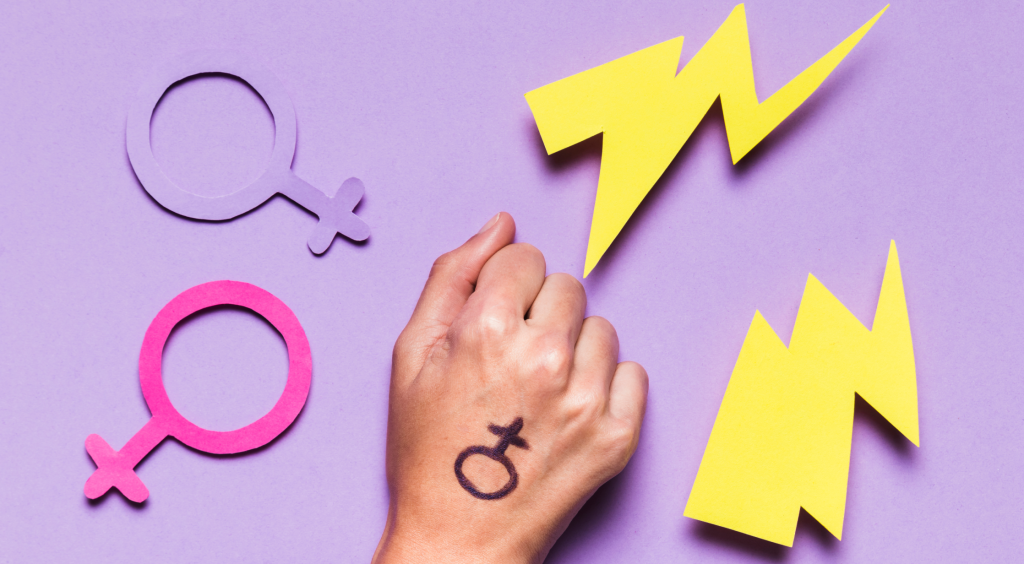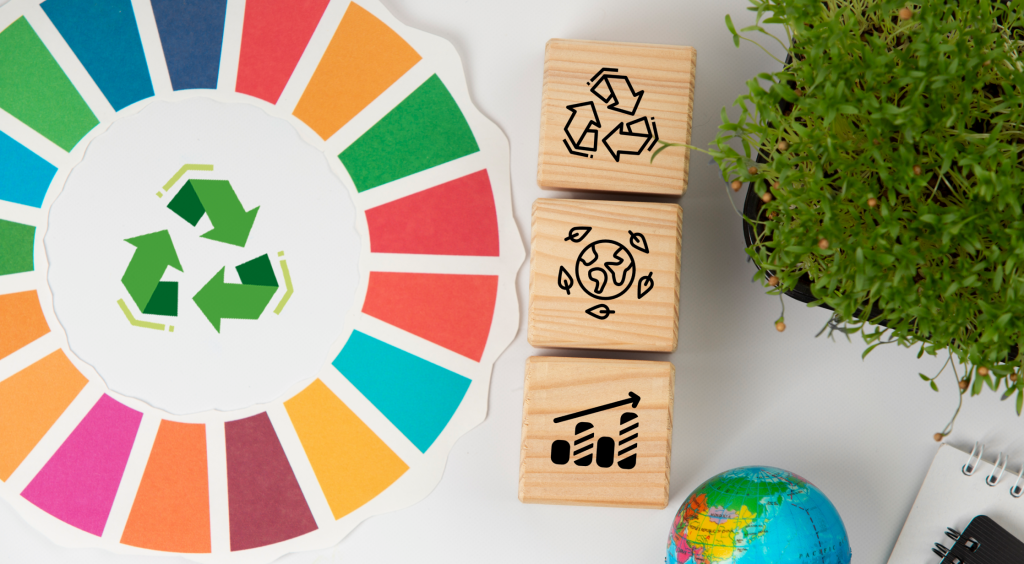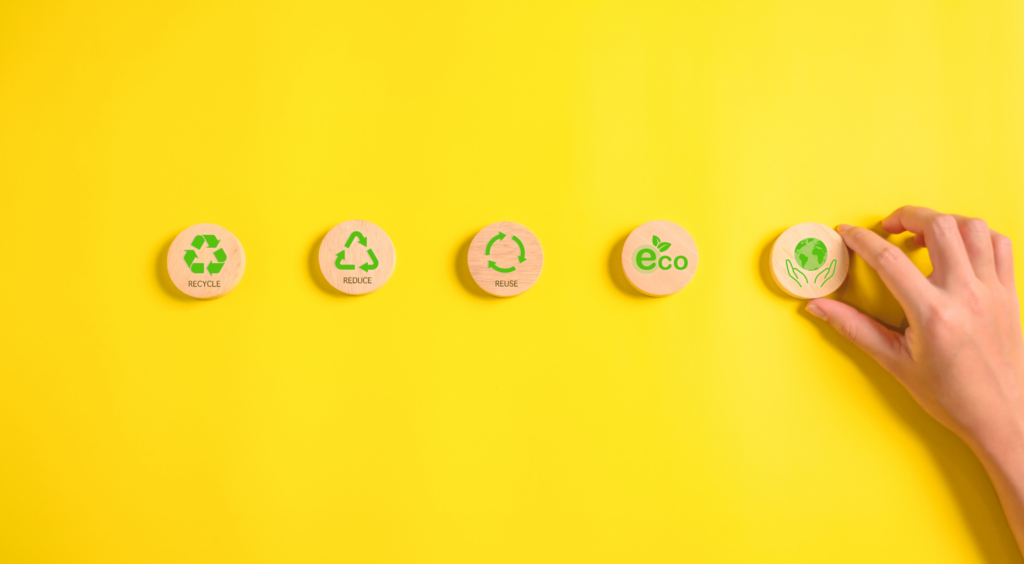In recent years, there’s been a lot of talk about the SDGs, the Sustainable Development Goals, adopted at the United Nations Summit in 2015. However, despite their importance, do you have the necessary resources to work on the different SDGs in the classroom? In this post, we’ll provide you with key insights and some resources to introduce SDG 6: Clean Water and Sanitation in the classroom 💧
We’ve already talked a lot about the SDGs on our blog. Our latest posts were about SDG 4 and SDG 5. Take a look!
Do you know what the SDGs are and what the 17 goals entail?
The SDGs stand for Sustainable Development Goals, a set of 17 objectives adopted by the United Nations in 2015. They are part of the 2030 Agenda and address global challenges such as poverty, climate emergency, and inequality.
The list of 17 SDGs to be achieved by 2030 includes:
- No Poverty
- Zero Hunger
- Good Health and Well-being
- Quality Education
- Gender Equality
- Clean Water and Sanitation
- Affordable and Clean Energy
- Decent Work and Economic Growth
- Industry, Innovation, and Infrastructure
- Reduced Inequalities
- Sustainable Cities and Communities
- Responsible Consumption and Production
- Climate Action
- Life Below Water
- Life on Land
- Peace, Justice, and Strong Institutions
- Partnerships for the Goals
In 2019, the Decade of Action was launched, urging accelerated progress. While there’s been advancement in some areas, many goals remain unmet. The focus is on action at the global level (countries working together and sharing resources), the local level (active participation of institutions, governments, and local authorities), and the individual level (involving each person, as well as the private sector and trade unions).
What is SDG 6: Clean Water and Sanitation about?
Even when we were students, the importance of water was a recurring topic. Surely you remember learning about saving water and the struggles faced by countries without access to safe drinking water.
This issue has been a global challenge for years. That’s why one of the SDGs included in the 2030 Agenda is SDG 6: Clean Water and Sanitation.
Access to safe drinking water and sanitation is essential for our health. However, population growth and industrial expansion have led to increased water demand, surpassing population growth rates. This water scarcity has been exacerbated by climate change and rising temperatures, meaning millions of people will lack access to safe and clean water by 2030 unless significant advances are made.
That said, there’s some good news. By 2022, 73% of the global population had access to safely managed drinking water, up 4% from 2015, showing a positive trend. However, significant effort is still needed to ensure universal access to clean water and proper sanitation.
Why is sustainable water management important?
- To reduce poverty
- To ensure food security
- To contribute to decent work and economic growth
- To preserve aquatic ecosystems
- To combat climate change
Key strategies to address SDG 6: Clean Water and Sanitation in the classroom
If your school wants to raise awareness among students about the importance of SDG 6: Clean Water and Sanitation, here are some ideas ⬇️
- Create a sustainable school garden
More and more schools are creating their own school gardens. Students can implement a sustainable and efficient irrigation system, learning to manage water responsibly.
This activity emphasizes the importance of sustainable water resource management and raises awareness of water’s vital role in hygiene and food production.
2. Organize a World Water Day awareness campaign
March 22 is World Water Day, an ideal time to organize an awareness campaign at school. What activities can you do during this campaign?
- Host a themed event with NGO participation and expert talks to inspire and motivate students.
- Promote efficient water use at fountains and in bathrooms with posters created in Art or Design classes.
- Organize workshops to teach students about water reuse, drip irrigation, water-saving techniques, etc.
3. Integrate SDG 6 into your subject curricula
Incorporate SDG 6 into your curriculum to link it to various learning scenarios. Here are some ways to approach the topic:
- Science: Study the water cycle.
- History: Discuss the importance of water in major civilizations.
- Mathematics: Solve problems involving water-related statistics and data.
- Language and Literature: Write opinion articles about water as a human right.
- Provide educational resources for your students.
Help students deepen their understanding with specific resources like:
- Informative infographics from the UN.
- Infographics about glaciers (2025 theme).
- TED Talks on water management.
- Maps of Spain’s water situation.
- Board games about SDGs for children.
5. Organize field trips to water treatment plants
Visiting water dams or treatment plants is an excellent way to learn about water. Students can see firsthand the processes involved in purifying water or transporting it to homes.
Many water treatment stations offer school visits, some even with augmented reality experiences to prepare for or follow up on the visit.
To schedule a school trip like this, look for plants or stations near your municipality and check if they offer educational tours.
- Boost student engagement with interactive quizzes.
Quizzes are a dynamic way to evaluate students’ knowledge on the topic. Check Additiopedia for pre-made quizzes that fit your needs, or create your own.
And if you don’t want to miss any posts about the other SDGs…
Follow us on social media: Facebook, Twitter, Instagram and Youtube, so you won’t miss a thing!
Remember, with Additio App, you can perform competency-based assessments that place students at the center of learning, keeping them informed about their progress and helping them identify areas for improvement and strengths.
Over 150 features support you in enhancing your teaching and your students’ learning experience. Register and take your teaching to the next level!
See you soon!





